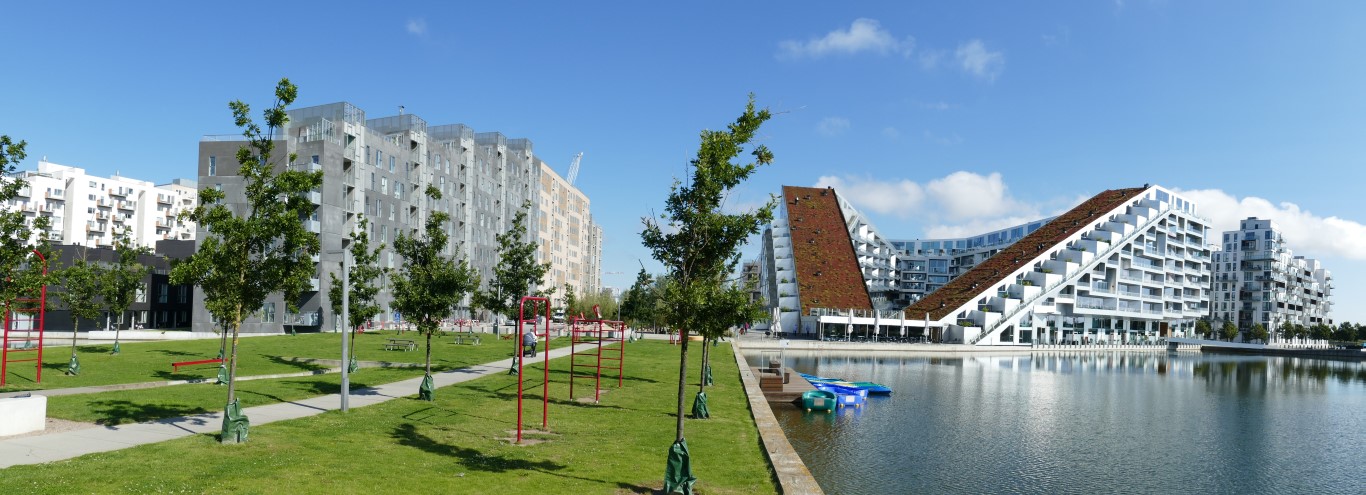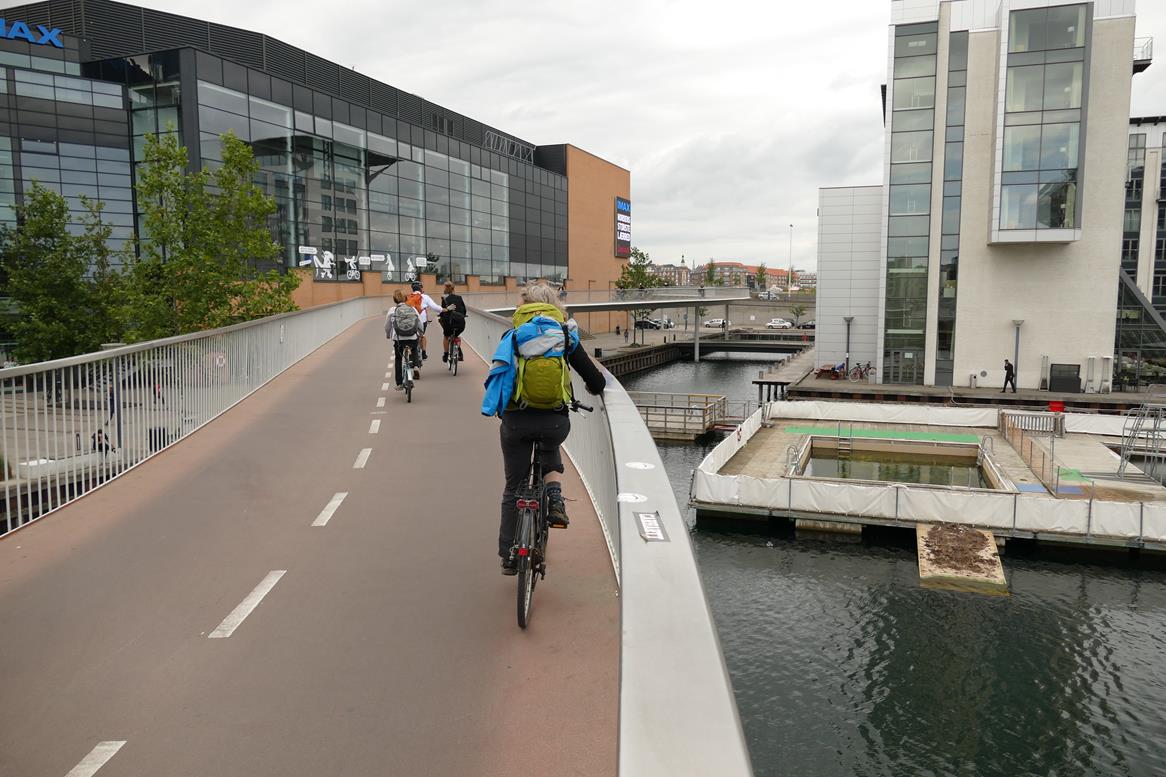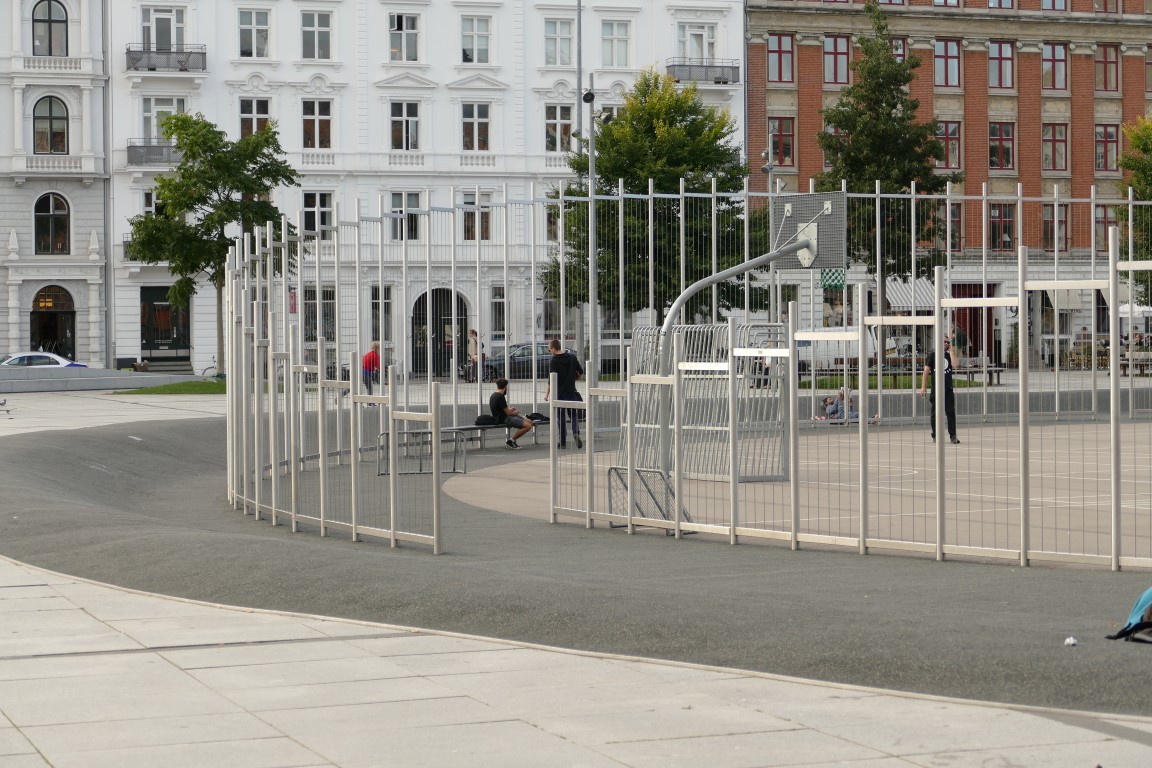Hardly any other term has been used as frequently as sustainability for years and at the same time is so poorly defined in practical application. In Bavaria, in contrast to other federal states such as Berlin or cities such as Copenhagen, there are as yet no binding specifications, but this is only a question of time. Topics such as life cycle costs, life cycle assessments and process quality are global challenges that landscape architects will undoubtedly have to face even more strongly in the future and as pioneers in Bavaria as well.
The organisers Lars Möller (DGGL Bayern Nord) and Norman Riede (bdla Bayern) will reveal what you can expect from the all-day specialist seminar Sustainability in Landscape Architecture (28.3., Nuremberg), at which the landscape architects Eike Richter and Matthias Kolle will be available to answer your questions as long-standing experts.
What does the term "sustainability in landscape architecture" mean in concrete terms, what exactly is the seminar about?
Norman Riede: Design and planning processes have always represented trade-offs between the most diverse concerns. The criterion of sustainability forms a superordinate dimension in this context. A clear definition is contained in the Leitfaden für Außenanlagen des Bundesministeriums für Verkehr, Bau und Stadtentwicklung. There, "three pillars of sustainable building" are described as defined for federal buildings: ecological quality, economic quality and sociocultural/functional quality.
Ecological, economic and functional qualities are approaches with which we are already familiar to some extent. The sociocultural component is exciting, with which reference is made to overriding themes such as mobility/leisure/occupation. Concrete approaches to this can be found in Berlin, for example, where the requirements for inclusion, accessibility, economic efficiency and sustainability are combined in building standards that also specify or exclude certain construction methods for various categories of outdoor facilities - e.g. for school buildings. Urban planning and social objectives, e.g. in the form of master plans, also significantly influence landscape architecture.

So lautet eine These für die Stadtentwicklung in Kopenhagen: „More urban life for all - More people walk more - More people stay longer“.
Corresponding concepts for mobility, stay and green structure are derived from this and shape the unconventional design of public spaces there. With thematically structured evaluation procedures such as the FLL guideline, comprehensive tools are available, which will be presented during the event on the basis of projects that have already been realized. The possibilities and limitations of implementing the criteria during the construction phase will be explained using the example of the IGA Berlin.


Lars Möller: In almost all attempts to define it, sustainability has a present and future orientation, from a political, economic and ecological point of view. The goal is responsible ecological and economic action to provide present and future generations with equal access to immaterial and material resources of various kinds. The question of sustainability also arises in outdoor facilities, as debates about dwindling resources are surfacing more and more often, and they affect us landscape architects as well.
Starting with the availability of land, through biodiversity in flora and fauna, to a lack of raw materials such as sand, the planning and execution of outdoor facilities in the future must take into account other aspects in order to be sustainable. This begins with the choice of location for new projects, the selection, origin and reuse of materials, and the use of ecologically effective systems such as green roofs and facades.
The goal of sustainability in outdoor facilities should be to close economic cycles for building materials, to deal sparingly with consumption and sealing of surfaces, and also to take into account ecological aspects such as the protection, preservation and promotion of biodiversity in flora and fauna.
In the practical part of the seminar, the speakers will explain how the previously taught theoretical principles can be successfully implemented in planning practice by means of concrete plant reports.
- Latitude: 0
- Longitude: 0


